What about B2B?
Voice in the business world can be broken down into two categories: The first being the novel employment of AI Voice Assistants, like Alexa, in the workplace. These are new applications that range from concierge services to secretarial tasks, to innovative applications in healthcare. Viable use cases are conversations that are brief, finite and where specific information must be transferred. As a result, most of these workplace solutions today focus on note taking, training, customer support or querying knowledgebases.
The second can be considered the “voice-enabling” of existing software or Saas functions, like Salesforce. Voice is often viewed as a new interface instead of touch or type. Though this is seldom actually true, it is nevertheless judged by the same standards as Saas. How much faster/cheaper is it to use?
Finding the pain
The truth is that today voice can be rather underwhelming when judged purely on speed. It is very easy for potential customers to push back on the often touted; 140 words per minute, achievable by speech versus the average human typing speed of 40 wpm. However, this one-for-one speed comparison is also unfair as its hands-free, eyes-free and “untethered” benefits remain unaccounted for.
Everyone wants Jarvis, or the StarTrek computer understanding and executing complex sequences of actions faster than the bat of an eye. However, sending a correctly punctuated, spelled and spaced email is still a confounding task for most voice assistants. So voice as a general productivity tool still remains slightly utopian.
Painkillers but for which patient?
When exploring use cases and diagnosing industries, I developed a framework within which we could successfully identify commercially viable applications in today’s market. Without overpromising. Places where voice could, in fact, serve as much more of a painkiller than a vitamin.
Clean Hands, Busy Hands, Dirty Hands
To solve this equation, we started by imagining the ideal user. We described the user as someone who must interact with data frequently; either by entering or retrieving it, while in environments with either; sterile, grimy/dirty conditions or where their hands are encumbered by other activities such as being on the phone or driving.
I call this the “Clean Hands”, “Busy Hands”, “Dirty Hands” framework. Exploring potential customers through the lens of these constraints helped us quickly figure out where voice could add the biggest value.
“Dirty Hands”
Warehouse workers, forklift drivers, fishery workers, and auto mechanics are all examples of employees who use digital solutions for work but cannot interact seamlessly with these devices over touch or type interfaces.
Looking up parts, figuring out which aisle to transport containers too, keeping a tally of inventory and denoting where they should be sent to, are all instances where data is remembered, noted onto paper, and then later transcribed into software. These occupations are often technologically underserved but also
“Busy Hands”
This contains a variety of functions we have observed from forklift drivers to home inspectors. The most emblematic use case is definitely the “salesmen on the road” who has endless call logs to fill, emails prospects or completes profiles in CRM software while zipping between meetings. The ultimate voice assistant for sales has already been envisioned by companies like Salesforceand tact.ai.
These voice assistants can de-burden sales teams from their tedious and numerous administrative duties, allowing them to spend more time on the phone, doing what only they can do best. These very human skills, like feeling out the client’s prospective interest, picking up on nuances and acting upon them in real time, play a big role in establishing trust and ultimately closing deals.
“Clean Hands”
Doctors, healthcare providers, specialists, and biomedical researchers comprise the largest portion of this segment. Since the push for the digitization of healthcare, doctors are now spending up to 50% of their time interacting with software. This often causes an interruption in the patient visit as health information must be looked up or entered while the patient is present. In these situations interacting with a computer during the examination is difficult due to the sterility requirements and can either require the physician to de-glove or to employ an assistant.
In healthcare, most examinations and procedures involve collecting, recording or viewing patient data before, after or during the visit. Most solutions offering to expedite this process are centered around dictation and note taking as that is a known time-suck.
Currently, many doctors even employ private scribes to help offload and expedite their administrative duties. In other instances, the presence of an assistant is required to complete even some of the most mundane checkups.
At Bola AI we have identified a subset of these problems we collectively call “charting”. We use this term loosely with a focus on examinations where a significant volume of closed domain data is recorded. Examples include; perio examinations in dental care, dosage records in anethesiology, noting of protocols in pharma research, full body skin checks by dermatologists just to name a few.
Other drugs
In the future, all of these interactions will place a greater burden on the AI. As Bola’s, a leading dental AI company, integrations and digital savvy improve we will see a bigger shift in productivity away from our traditional input, output flows to more dynamic and seamless, “background” experiences.
Doctor’s notes can magically appear in the Practice Management System based on the conversation between the doctor and patient. Treatment histories and diagnostic suggestions will appear automatically on the screens.
When a car is towed into a shop, diagnostic machines and their software will automatically be able to price-shop and suggest parts to be ordered. Sales calls will be recorded, transcribed and scored all automatically and suggestions will be offered for how to revive lost leads based on past data.
In the near future professionals will be “expert” guides answering the AI’s questions and making decisions, while it takes care of all the busy administrative work and executes digital processes.




